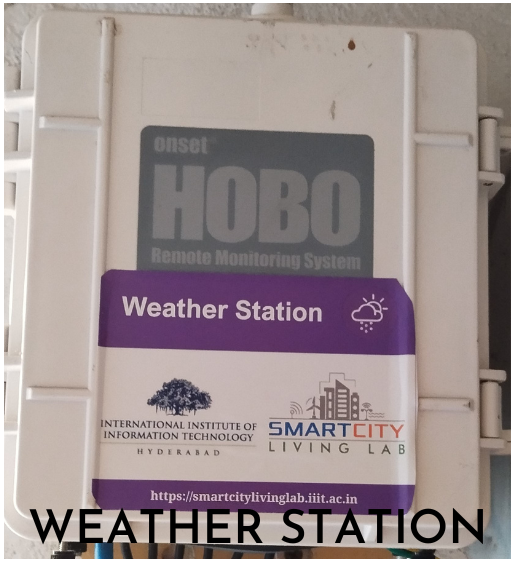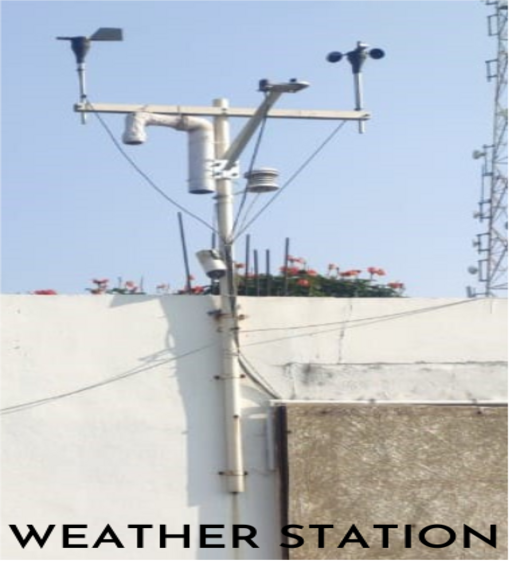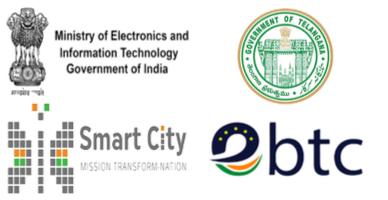

What is it important?
Weather variables such as wind speed and direction, air temperature, humidity and rainfall are important factors in determining the course of a wide range of events. For example, agriculture has always been heavily dependent on the weather and weather forecasts, both for its control on the quality and quantity of a harvest and its effect on the farmer’s ability to work the land or to graze his stock. Weather monitoring is also important not just in defining present climate, but also for detecting climate change and providing the data to input into models which enable us to predict future changes in our environment.
What are we trying to do?
A low cost sensor node was developed in IIIT to measure the level of Particulate Matter. The low-cost portable ambient sensors provide a huge opportunity in increasing the spatio-temporal resolution of the air pollution information and are even able to verify, fine-tune or improve the existing ambient air quality models. IoT along with dense deployment of such low-cost sensors can provide real-time access of pollution data with high spatio-temporal resolution. Government and citizens can use this information to identify pollution hot-spots so that timely and localized decisions can be made regarding reducing and preventing air pollution.



Features
-
Monitor the quality of air in and around the campus by measuring the following parameters
- Humidity in %
- Temperature in °C
- Global Horizontal Solar Radiation in W/m2
- Wind Speed in mph
- Wind Direction in degrees
- Battery DC Voltage
- Issue alerts in case the quality deteriorates below acceptable levels.
- Data logging time programmable from 1 minute to 18 hours.
- Identifying and mapping of corridors of pathogens that cause health hazards/epidemics by correlating micro climatic & pollution data.
Research
- Dataset complements the energy dataset and solar dataset.
- Identifying and mapping of corridors of pathogens that cause health hazards/epidemics by correlating micro climatic & pollution data.
